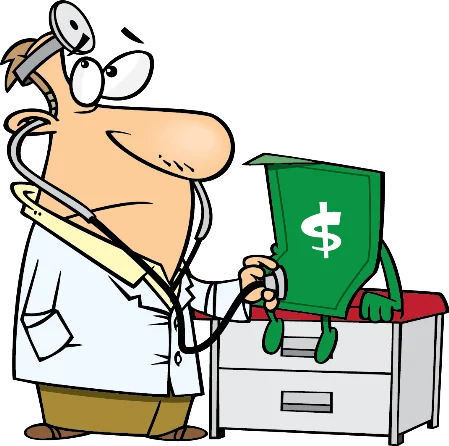Balance Sheet Transcript
Accounting Cycle-2 > Financial Statements > Balance Sheet

The financial statements are prepared directly from the adjusted trial balance.
The balance sheet includes a company's assets, liabilities and equity accounts. The ending owner's capital comes from the statement of owner's equity.
In order to understand how to prepare a classified balance sheet we need to learn a few new terms.
A classified balance sheet lists assets and liabilities in the order of their liquidity. Liquidity measures the quickness of cash, meaning how quickly assets will be turned into cash or how soon liabilities need to be paid.
The assets and liabilities are listed in their order of liquidity. Assets that will be turned into cash, sold or used within one year or one operating cycle, whichever is more, are classified as current assets.
Liabilities that will be paid within one year or one operating cycle, whichever is more, are classified as current liabilities.
Assets which have useful lives longer than one year, or will require more than one year to be turned into cash or sold, are classified as long-term assets or sometimes called noncurrent assets.
Liabilities, which taken longer than one year to payoff, are classified as long-term liabilities or sometimes long-term debt.
So let's use the adjusted trial balance and prepare the classified balance sheet.
We take the assets and liabilities from the trial balance and we put those on the balance sheet. Additionally, we will use the ending capital owner's capital balance from the statement of owner's equity.
The balance sheet has a company name, the name of the financial statement, and the date which is either just the date, or sometimes "as of" and then the date.
The balance sheet reports assets, liabilities, and equity for a point in time rather than a period of time. This is because the investors and creditors wanna know the financial position today not some accumulated amount that has no meaning.
For example, which of these two are more relevant to financial decision-making?
How much money you have right now, or how much money you have over your entire life?
Certainly what you have now is the only thing that would impact a future financial decision like buying a home.
On the asset side we start with the current asset section.
Here we will list our current assets in order of liquidity and then total them.
Next, we will prepare are long-term assets section. These items are often grouped like this; investments, plant assets, intangible assets, and other noncurrent assets.
Finally, we total our assets.
Then we move on to the liability side and start with current liabilities.
Here we will list our current liabilities in order of liquidity and then total them.
Then our long-term liabilities are listed and we will total our liabilities.
Finally, we prepare the owner's equity section.
Here is where we report the ending owner's capital from the statement of owner's equity. Then that becomes total owner's equity.
Finally, we total liabilities and owner's equity.
If we did everything correctly, total assets should equal total liabilities and owner's equity.
